
A is for Anxiety. B is for Biles. C is for Control. The 2021 Olympic torch has been extinguished, but the mental health debate is heating up – again. When Simone Biles withdrew from various gymnastics events, she cited “the twisties”. Previously known by the average American as the wiry item that is used to tie up a bread wrapper, we learned that it also describes a mind-body disconnect for a gymnast in mid-air.
In a July 28th article by Emily Giambalvo, we are told that “after experiencing the twisties, it’s very difficult to forget. Instinct gets replaced by thought. Thought quickly leads to worry. Worry is very difficult to escape.” Many of my clients would recognize that rather rudimentary description immediately – the ones who suffer from anxiety disorders. As a mental health therapist, I help them to identify, understand, manage, and cope with the various forms of disabling anxiety. But during this protracted pandemic, more and more of us are suffering from debilitating anxiety – a non-athletic version of the twisties.
A is for amygdala. B is for brain. C is for cortex. Dr. Reid Wilson, a nationally renowned expert on the treatment of anxiety, might translate Ms. Giambalvo’s description this way. The amygdala, part of the limbic system of the brain, reacts to an unexpected threat by automatically releasing adrenaline and cortisol into the body, bypassing the prefrontal cortex, in order to meet the emergency instantly (Ms. Giambalvo calls this instinct). But once the threat is over, the conscious rational part of the brain comes “online” and sends the message: “I don’t want to ever experience that again.” Going forward the prefrontal cortex continues to generate warnings to avoid that event (She calls this worry). Our logical analytical brain focuses on all the unpleasant sensations – rapid heartbeat, sweaty palms, shortness of breath, restlessness, and tension. It generates ongoing thoughts of avoidance: Don’t do anything or go anywhere that has a high likelihood of producing those terrible feelings (This is the worry that she says is very hard to escape).
An Iteration of ABCs
However the problem according to Dr. Wilson is that our logical brain is focusing on the wrong thing. It’s not the activities or places that generate all the anxious symptoms. It’s the overwhelming feeling of uncertainty associated with them. Our brains rebel against uncertainty; they want control.
The experience of gymnastic athletes confirms this. Sean Melton, a former elite gymnast, described the twisties as the “unknown of not being able to control your body while doing these extremely dangerous skills…And it’s terrifying, honestly, because you have no idea what is going to happen.” Another gymnast who commented on Biles’ experience said the twisties are “the scariest, most uncontrollable sensation.”
Once you have experienced extreme anxiety and all its accompanying physiological manifestations, and the sense of being out of control, your brain wants to avoid a repeat episode at all costs. Like a sentry on the wall, our brains send constant warnings at the sign of potential danger (even when an actual threat doesn’t exist).
But What If…?
The most common warning message comes in the form of “What ifs”. What if I get on the bus with all those people and start to panic and I can’t get off? What if I get up to speak in front of my classmates and I start sweating and get dry mouth and start stumbling over my words? What if I go to a restaurant and get COVID from the server who isn’t vaccinated? If I follow my brain’s strategy of avoidance, I will stop riding the bus, decline public speaking, and cease eating out.
What if my husband relapses and starts drinking again? What if my fifteen year old daughter is having sex with her boyfriend? If I follow my brain’s strategy of control, I’ll start searching for his bottles of alcohol in the house every day and I’ll get her phone while she’s sleeping at night to search all her messaging and emails.
Avoidance and control are losing strategies. Dr. Wilson’s treatment for anxiety disorders is counterintuitive to sufferers. It can be summed up in one word – tolerance.
Since the amygdala is marshalling the body’s resources to defend against a non-existent threat, he calls on the prefrontal cortex to call off the perceived attack. He teaches clients to consciously and intentionally challenge all the anxious symptoms toe to toe. “Bring it on. I eat you guys for breakfast. In fact, give me more symptoms.” The result is increased tolerance. The logical brain cancels the perceived emergency and the amygdala yields.
“The Word” on the Word Anxiety
In the spiritual realm, there is an even greater resource to draw upon: trust in the God who takes care of you.
“Cast all your anxiety on him, because he cares for you” (1 Pet. 5:7).
“Do not worry about anything, but in everything by prayer and supplication with thanksgiving, let your requests be made known to God. And the peace of God, which surpasses all understanding, will guard your hearts and your minds in Christ Jesus” (Phil. 4: 6-7).
“He said to his disciples, Therefore I tell you, do not worry about your life, what you will eat, or about your body, what you will wear…And can any of you by worrying add a single hour to your span of life? If then you are not able to do so small a thing as that, why do you worry about the rest?” (Lk 12: 22, 25-26).
A is for Always. B is for Believe. C is for Christ.
Now you know your ABCs; next time won’t you think of – overcoming anxiety in this world of uncertainty with Dr. Wilson’s methods and trust in God. Okay, it doesn’t rhyme very well, but it’s still worth memorizing.





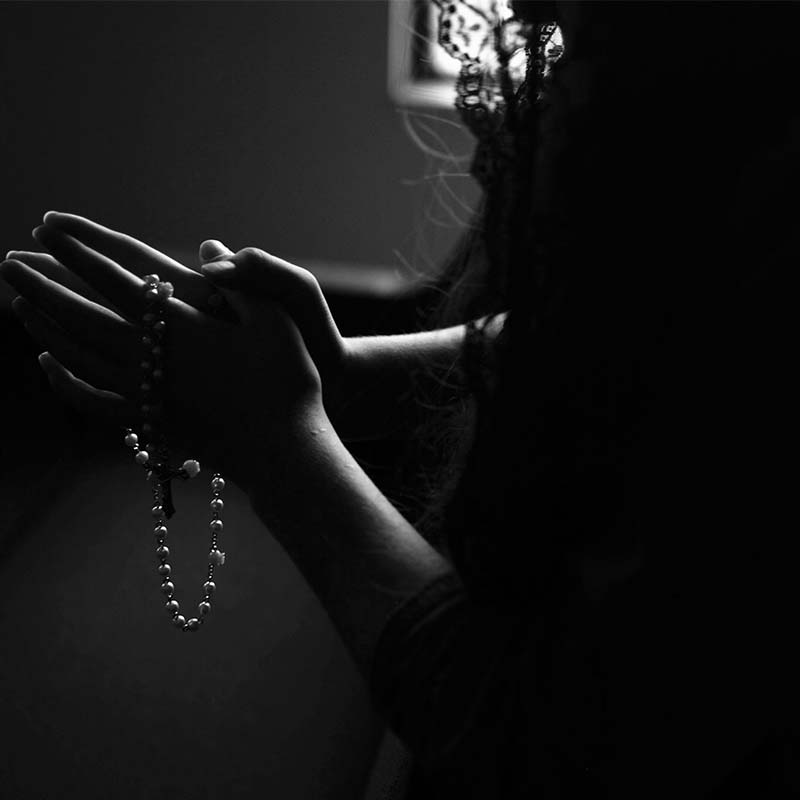


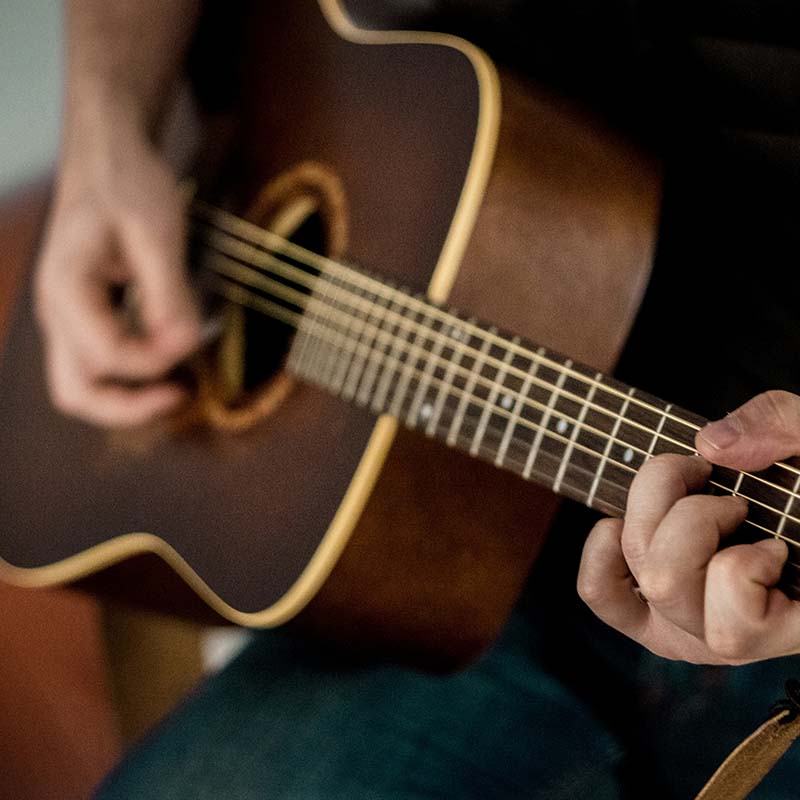
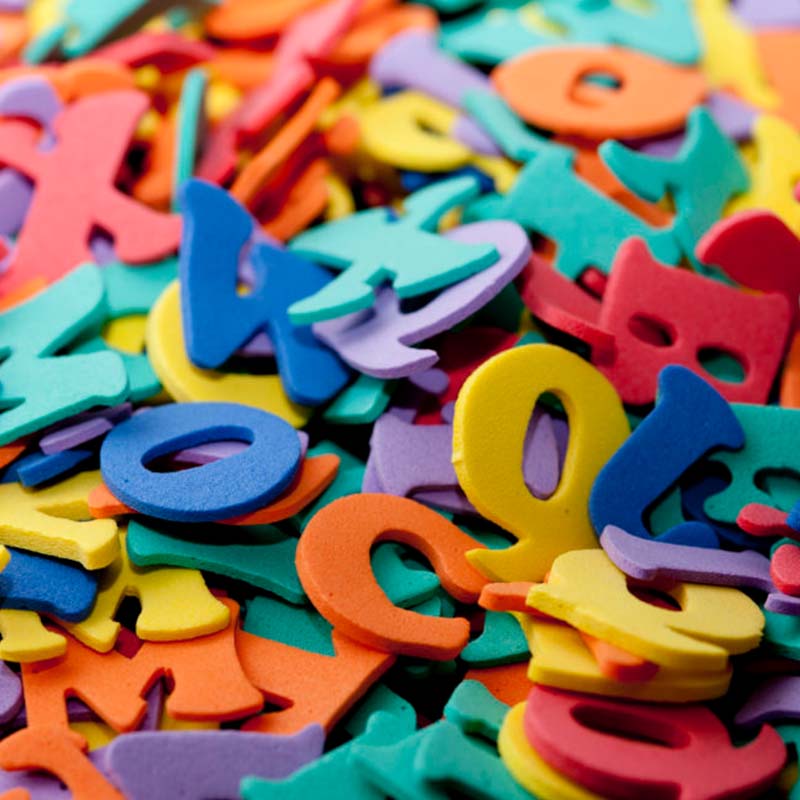
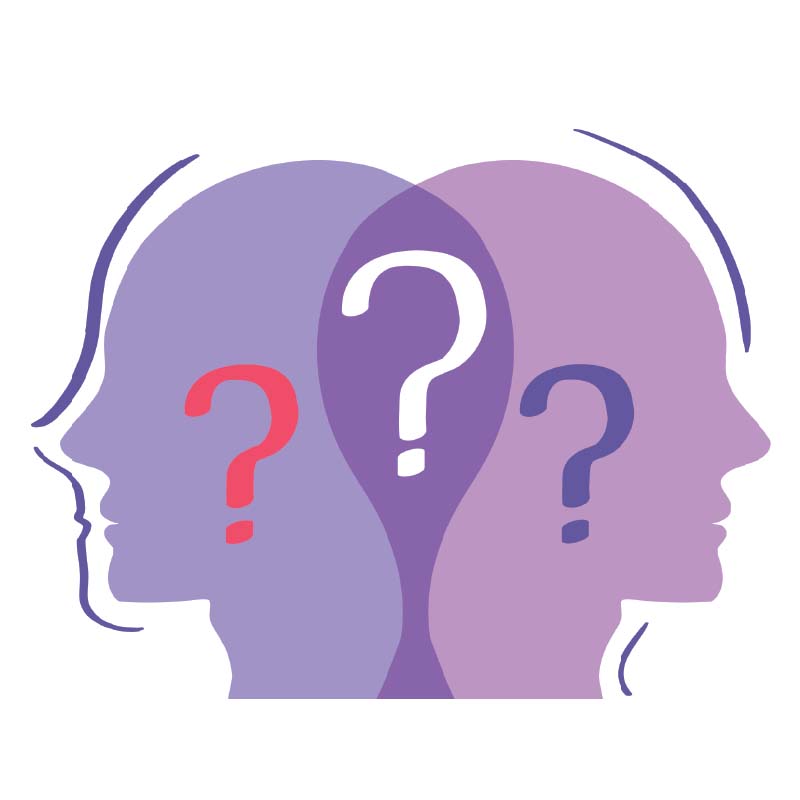
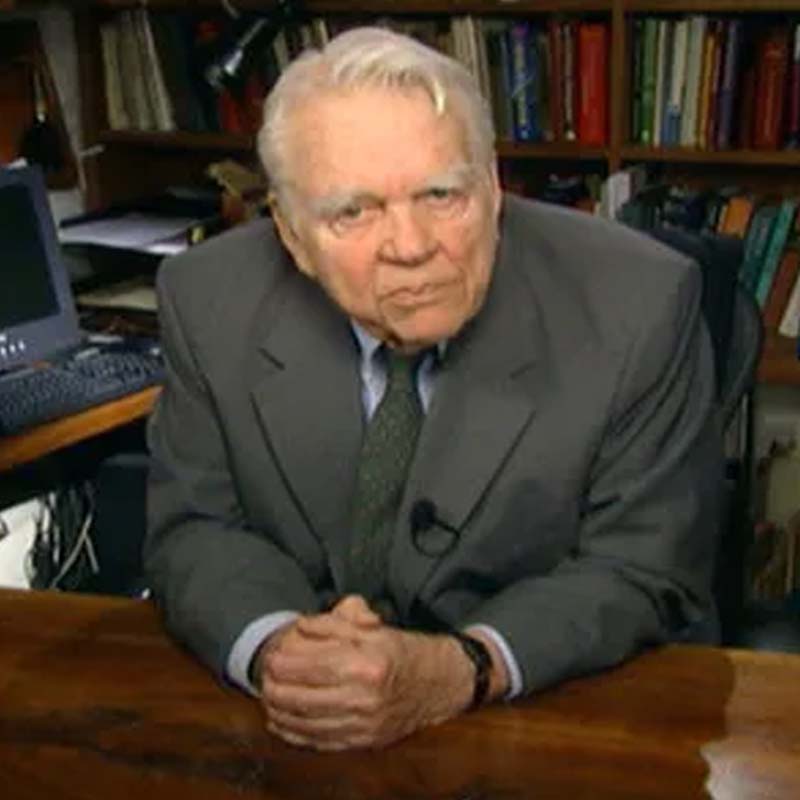





4 Responses
This is good, sensible, & true:-)
I hit the trifecta.
Very helpful!
Thanks Sarah.